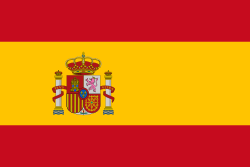Cru is a French term that refers to a grape growing site that is considered of superior quality due to conditions like soil, climate, altitude, and aspect. Translated as “growth”, it is used around the country’s top wine producing regions usually after the words “Grand” or “Premier”, but not always employed in the same way. In Burgundy, it applies to a specific high-quality vineyard, usually owned by several growers, with “Grand Cru” being the top tier followed by “Premier Cru”. The region of Alsace uses the term in a similar manner. In Bordeaux, the Grand Cru Classé classification applies to a chateau rather than a vineyard, with “Premier Cru” being the top level. The region of St Emilion also classifies the “cru” by chateau, with “Premier Grands Crus Classés” being the highest quality estates. Champagne identifies whole villages as Grand Cru or Premier Cru sites, while Beaujolais does the same but using the term “Cru Beaujolais” to refer to their top 10 villages.
The term is also used in Germany and Italy with several regional restrictions and has been adopted by wineries around the world to refer to a high-quality vineyard site, not necessarily with legal constrains.
Author: Maytte Rivera



